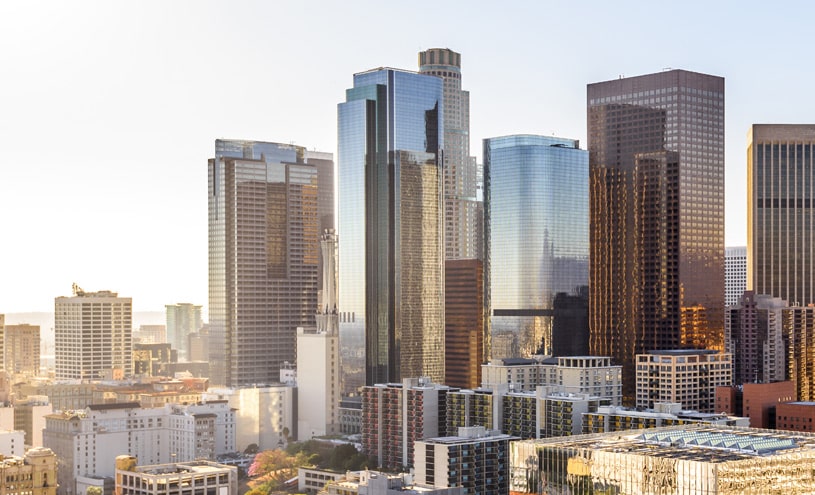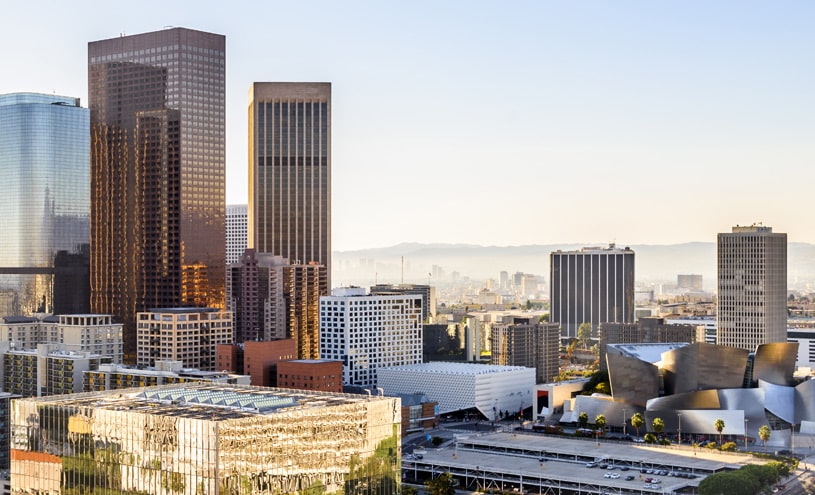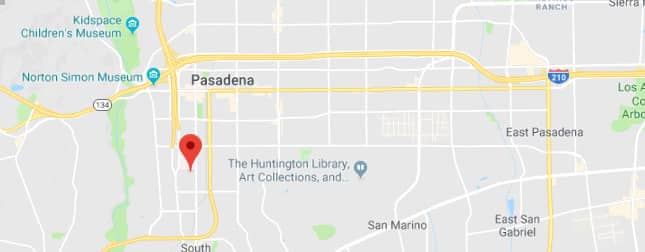 Rhinoplasty, commonly known as a “nose job,” is a surgical procedure designed to change the shape or functionality of the nose. This surgery can be pursued for cosmetic enhancements, such as refining the nose’s appearance, or for functional reasons, such as correcting breathing difficulties caused by structural issues.
Rhinoplasty, commonly known as a “nose job,” is a surgical procedure designed to change the shape or functionality of the nose. This surgery can be pursued for cosmetic enhancements, such as refining the nose’s appearance, or for functional reasons, such as correcting breathing difficulties caused by structural issues.
During the procedure, the surgeon will typically make incisions to access the bones and cartilage that support the nose. These incisions are usually made inside the nostrils to minimize visible scarring, although sometimes an incision across the base of the nose may be necessary. The bone and cartilage are then reshaped to achieve the desired look or functional improvement.
There are two primary techniques for rhinoplasty: open and closed. In an open rhinoplasty, an incision is made across the columella (the tissue between the nostrils), allowing the surgeon more access and visibility. In a closed rhinoplasty, all incisions are made inside the nostrils, which can result in less swelling and a shorter recovery time.
Understanding the goals and limitations of rhinoplasty is important. While the surgery can bring about significant changes, it may not be able to achieve every specific detail you envision. Open communication with your facial plastic surgeon about your goals and concerns can help ensure that both you and the surgeon have a clear understanding of the desired outcome.
Rhinoplasty is a highly individualized procedure, and what works for one person may not be suitable for another. Factors like skin thickness, nasal structure, and overall facial harmony play crucial roles in determining the most appropriate surgical approach. Dr. Eric Yavrouian provides rhinoplasty to patients in Glendale, Pasadena, Burbank, Greater Los Angeles, Beverly Hills, CA, and surrounding communities.
Surgeon Qualifications
When selecting a facial plastic surgeon for your rhinoplasty, their qualifications and experience are crucial. Begin by confirming that your surgeon is board-certified by esteemed medical boards such as the American Board of Facial Plastic and Reconstructive Surgery or the American Board of Otolaryngology. These certifications signify that the surgeon has completed extensive training and adheres to rigorous standards of practice.
Experience should also be a key consideration. Ask your surgeon about the number of rhinoplasty procedures they have performed and request to see before-and-after photos of their previous patients. This will give you a better idea of their expertise and the quality of their work.
To further verify your surgeon’s credentials, visit the official websites of the certifying boards or check if the surgeon is affiliated with reputable hospitals. Additionally, you can look up patient reviews and testimonials to gauge their reputation.
During your consultation, inquire about the surgeon’s specific approach to rhinoplasty. Each surgeon may have a different technique, and understanding their methodology will help you determine if it aligns with your goals. It’s also beneficial to ask if they have experience with cases similar to yours, especially if you have unique anatomical concerns or previous nasal surgeries.
Finally, make sure you feel comfortable and confident in your surgeon’s abilities. A good surgeon will take the time to answer all your questions, address your concerns, and ensure you feel fully informed about the procedure. By carefully evaluating your surgeon’s qualifications and experience, you can make a more informed decision and increase the likelihood of a successful rhinoplasty.
Dangers and Complications
Rhinoplasty is generally safe when performed by a qualified facial plastic surgeon, but it is not without risks. Possible complications include infection, bleeding, and scarring. There is also the risk of adverse reactions to anesthesia.
Some patients may experience difficulty breathing through the nose after the surgery, or notice changes in skin sensation, including numbness or pain. In some cases, the results may not meet the patient’s expectations, leading to the need for revision surgery. It’s important to discuss these possibilities with your surgeon beforehand.
Another potential issue is the development of nasal asymmetry, where one side of the nose looks different from the other. This can happen if the healing process does not go as planned or if there are unexpected changes in the nasal structure post-surgery. Additionally, there’s a risk of septal perforation, which is a hole in the nasal septum that can cause breathing difficulties, crusting, and nosebleeds.
Your surgeon should explain how they mitigate these risks, such as using sterile techniques to prevent infection and carefully planning the surgical approach to minimize scarring and asymmetry. They should also inform you about their revision policy, should the initial results not align with your expectations.
It’s essential to follow your surgeon’s pre- and post-operative instructions to lower the risk of complications. This may include avoiding certain medications, refraining from smoking, and adhering to specific care routines during the recovery phase.
Make sure to ask your surgeon how they handle complications if they do arise. Understanding their plan of action can provide peace of mind and ensure that you are in capable hands throughout your rhinoplasty journey.
Details of the Procedure
Rhinoplasty typically involves anesthesia to ensure comfort during the procedure. Depending on the technique used, the surgeon will make incisions either inside the nostrils or at the base of the nose. Once the incisions are made, the surgeon will carefully reshape the bone and cartilage to achieve the desired outcome.
The surgery duration can vary from one to three hours, based on the complexity of the case. Some procedures may involve reducing the size of the nose, refining the nasal tip, or adjusting the nostrils. In cases where structural support is needed, the surgeon may use cartilage grafts from other parts of the body, such as the septum, ear, or ribs.
Anesthesia options include general anesthesia, where you are fully asleep, or local anesthesia with sedation, which numbs the area while keeping you relaxed. Your surgeon will discuss the best option for you based on your medical history and the extent of the surgery.
During the operation, the surgeon will focus on maintaining or improving the nasal airways to ensure proper breathing post-surgery. This is especially important for patients who seek rhinoplasty for functional reasons.
After reshaping the nose, the surgeon will reposition the skin and tissue and close the incisions. To support the new structure during the initial healing phase, splints or nasal packs may be placed inside the nostrils. An external splint is often applied to help the nose maintain its new shape.
It’s vital to have a detailed discussion with your surgeon about the procedure steps, as well as what to expect during the recovery period. This conversation will help you feel more at ease and prepared for your rhinoplasty.
Recovery Timeline
Recovery from rhinoplasty involves a series of stages. In the initial days post-surgery, you can expect to experience swelling, bruising, and some discomfort. To manage these symptoms, your surgeon may recommend cold compresses and prescribe medications for pain relief. It’s common for the swelling and bruising to peak within the first 48 hours and gradually improve over the next week or two.
During this early phase, keeping your head elevated while resting can significantly reduce swelling. Sleeping on your back with your head propped up on pillows is often advised. It’s also essential to avoid blowing your nose or engaging in activities that could strain your nasal area, as these actions can disrupt the healing process.
Within the first week, your surgeon will likely schedule a follow-up appointment to remove any nasal splints or packing. This visit also allows the surgeon to check on your progress and address any concerns you might have.
By the two-week mark, most of the visible swelling and bruising should have diminished, allowing you to resume normal activities, although strenuous exercise and contact sports should be avoided for at least six weeks. Gentle activities like walking are usually encouraged to promote circulation and overall well-being.
It’s crucial to protect your nose from accidental bumps and excessive sun exposure during the healing period. Wearing sunscreen and hats can help prevent sunburn on the sensitive skin around your nose.
Final results from rhinoplasty can take up to a year to fully manifest, as residual swelling slowly subsides and the nose settles into its new shape. Regular follow-up visits with your surgeon will ensure that your recovery is progressing smoothly.
Anticipated Results
During your consultation, it’s crucial to get a clear understanding of what rhinoplasty can achieve for you. A skilled facial plastic surgeon will assess your nasal structure and discuss your aesthetic goals. Advanced imaging software may be utilized to give you a visual idea of the potential outcomes, which can be incredibly helpful for setting realistic expectations.
Your surgeon will also talk about any limitations based on your unique anatomy, helping you understand what changes are feasible. Bring along reference photos if you have specific looks in mind, but be open to your surgeon’s expert advice on what will suit your face best.
Additionally, be sure to discuss any functional improvements you desire, such as enhanced breathing, so that these can be integrated into the surgical plan. By having a thorough discussion, you can better align your expectations with the probable surgical results, leading to a more satisfying outcome.
For more information about treatments and procedures by Facial Plastic and Reconstructive Surgeon, Dr. Eric J. Yavrouian, serving patients in and around Glendale, Pasadena, Burbank and the Greater Los Angeles, CA area call 818-241-2150 or click here to contact him for a consultation.
 When it comes to facial rejuvenation, the eyes and brows are often the first areas to show signs of aging. Sagging skin, droopy eyelids, and deep forehead lines can make you look tired or older than you feel. Two popular procedures—brow lift and eyelid surgery (blepharoplasty)—address these issues, but in different ways. Dr. Eric Yavrouian provides brow lift and eyelid surgery to patients in Glendale, Pasadena, Burbank, Greater Los Angeles, Beverly Hills, CA, and surrounding communities.
When it comes to facial rejuvenation, the eyes and brows are often the first areas to show signs of aging. Sagging skin, droopy eyelids, and deep forehead lines can make you look tired or older than you feel. Two popular procedures—brow lift and eyelid surgery (blepharoplasty)—address these issues, but in different ways. Dr. Eric Yavrouian provides brow lift and eyelid surgery to patients in Glendale, Pasadena, Burbank, Greater Los Angeles, Beverly Hills, CA, and surrounding communities.


 Undergoing
Undergoing  A
A 






